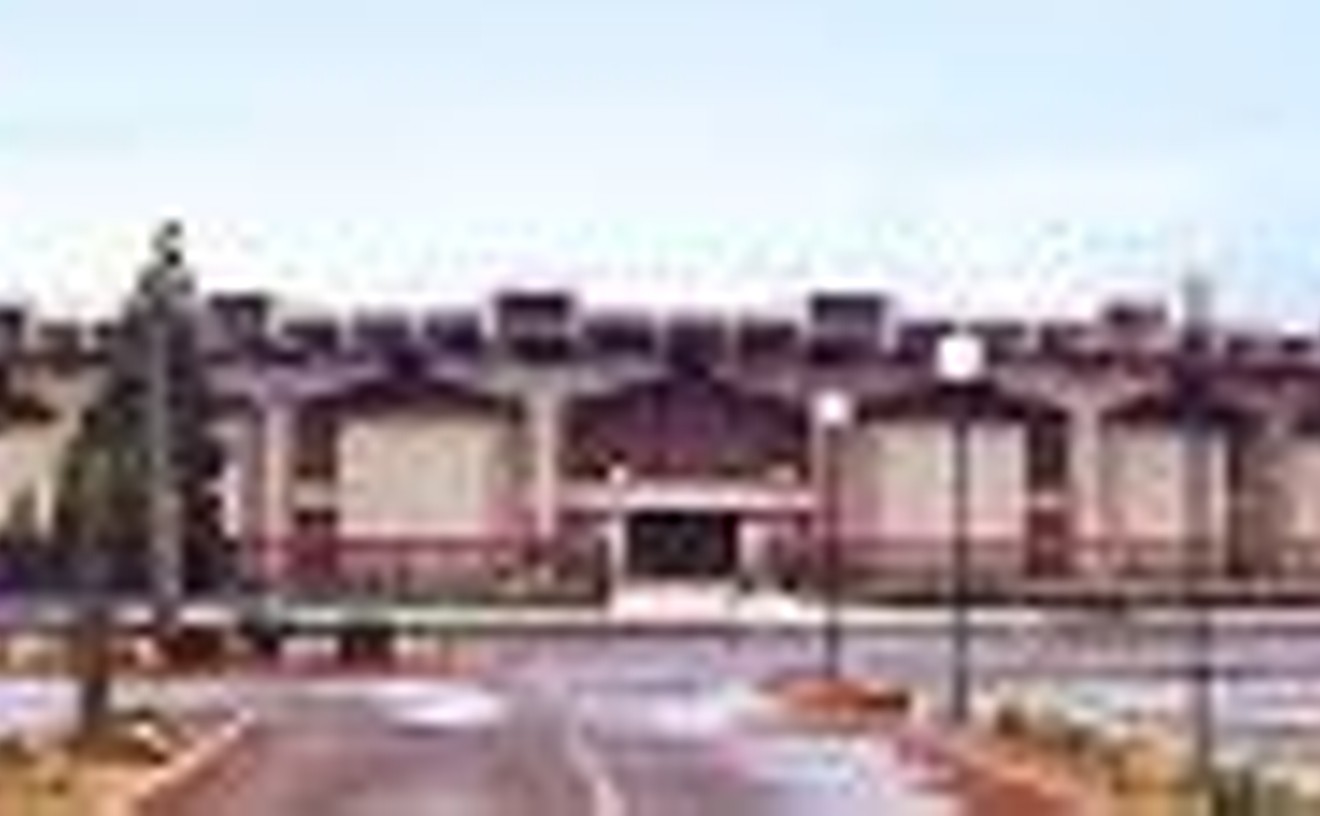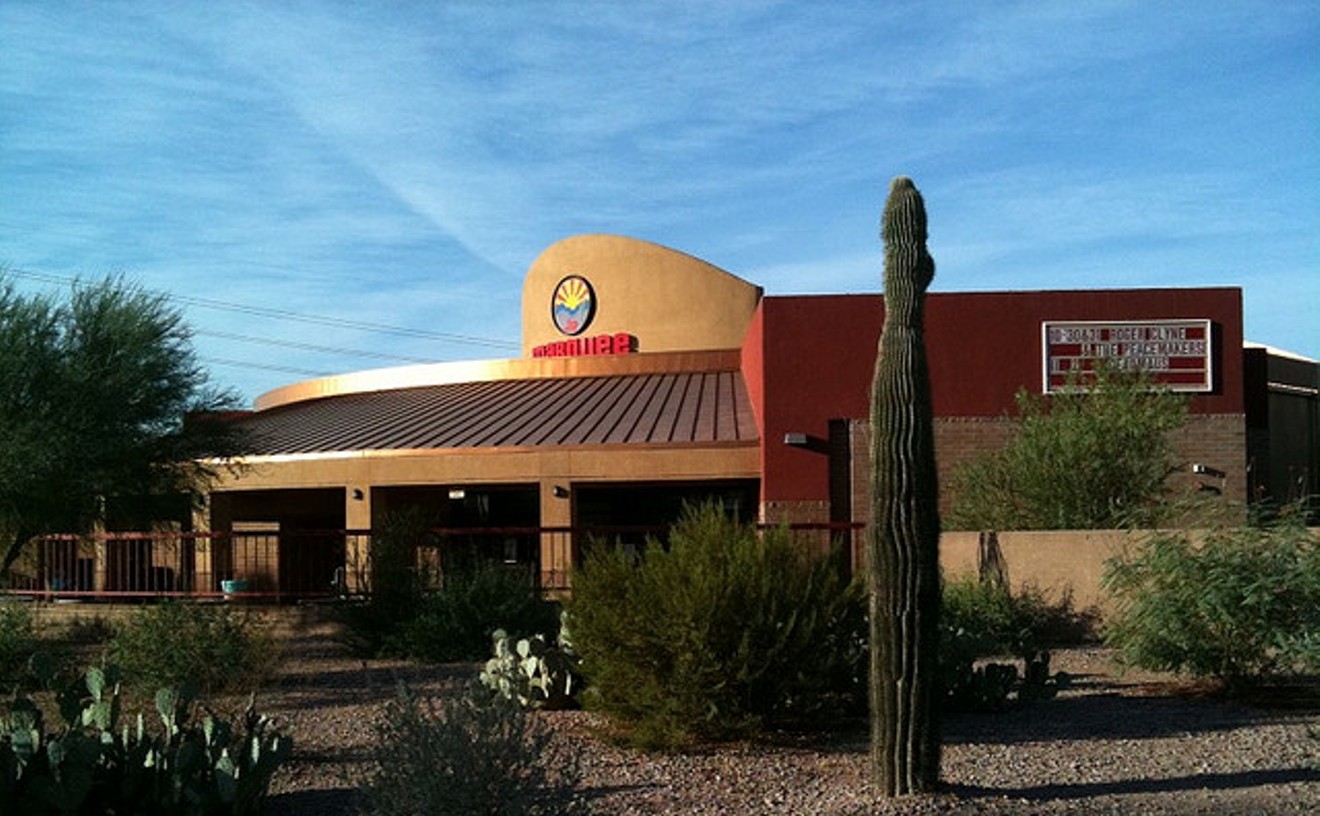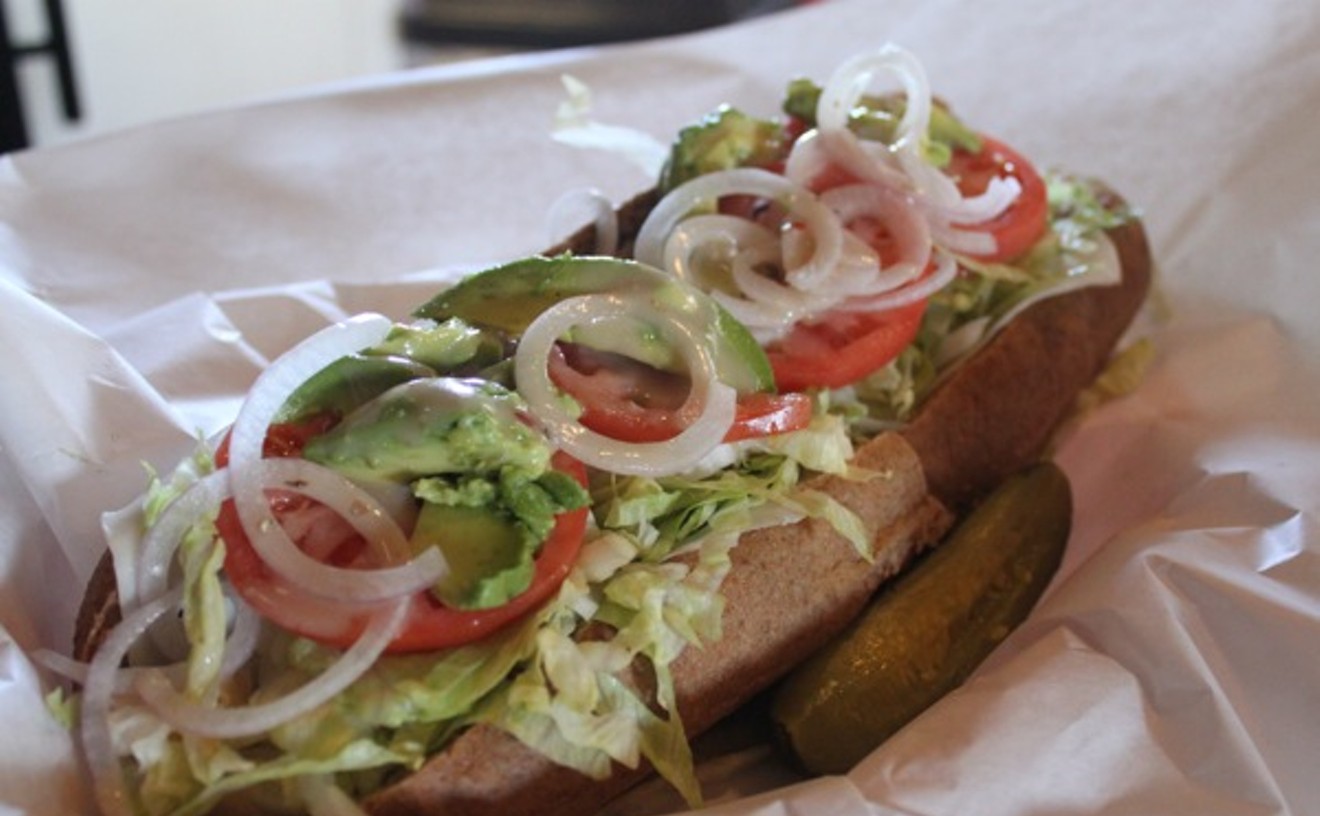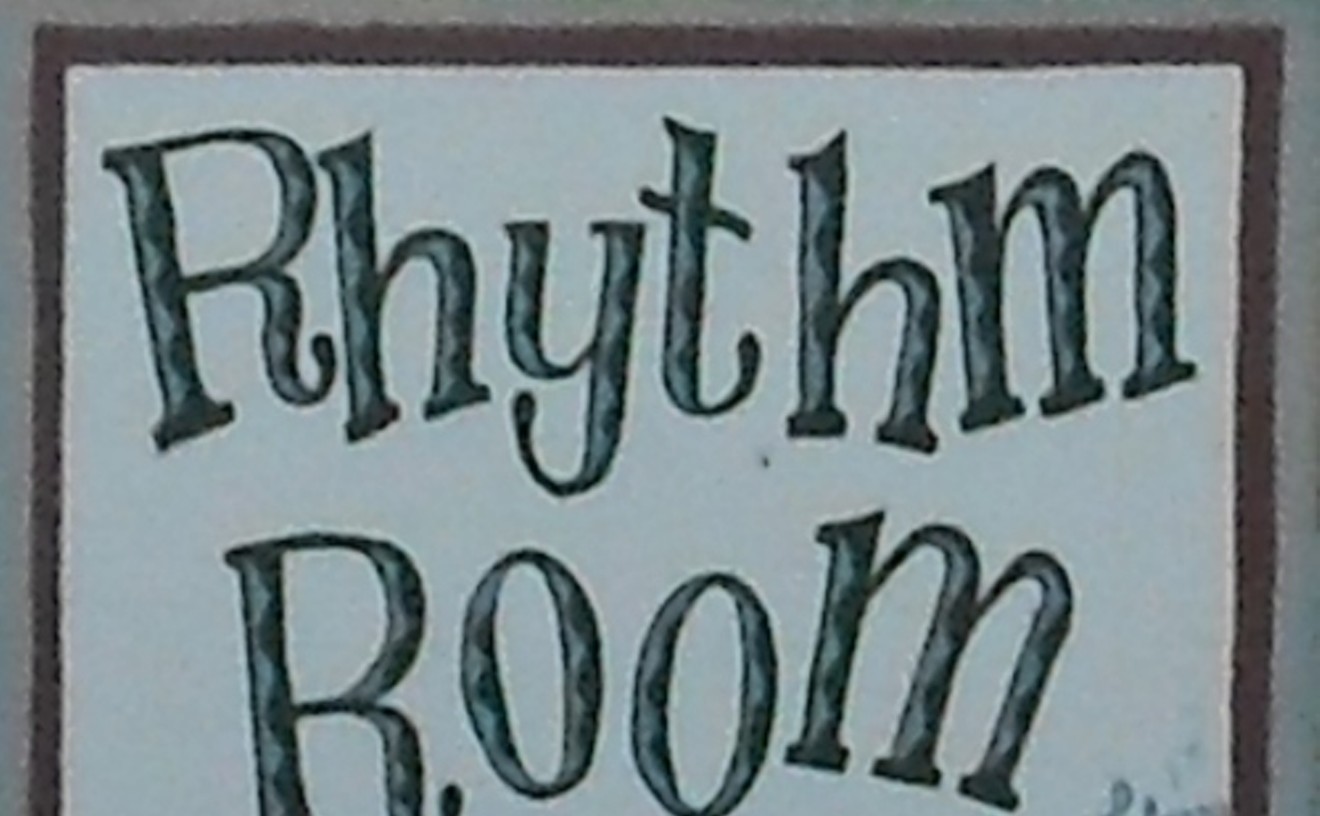BEST MUSEUM YOU'VE NEVER BEEN TO
The Bead Museum

- 5754 W. Glenn Dr., Glendale, 85301 Map
- 623-931-2737
- www.beadmuseumaz.org
BEST PLACE TO SIT AND ROTATE
The Compass Room at the Hyatt Regency Phoenix

- 122 N. Second St., Phoenix, 85004 Map
- 602-252-1234
- www.phoenix.hyatt.com/hyatt/hotels/index.jsp?null
BEST MINI CACTUS TOUR
The Barry Goldwater Memorial

- E. Lincoln Dr., Paradise Valley, 85253 Map
BEST PLACE TO WATCH SOMEONE SIT AND ROTATE
Celebrity Theatre

- 440 N. 32nd St., Phoenix, 85008-6205 Map
- 602-267-0186
- www.celebritytheatre.com
BEST DRAGON
Sculptor John Peirce's house
BEST VENUE FOR NATIONAL ACTS
Marquee Theatre

- 730 N. Mill Ave., Tempe, 85281 Map
- 480-829-0707
- www.luckymanonline.com
BEST COLLECTION OF ARIZONA LICENSE PLATES
The Old Station

- 1301 W. Jefferson St., Phoenix, 85007 Map
- 602-253-7665
- oldstationsubs.com/
BEST VENUE FOR LOCAL ACTS
The Clubhouse Music Venue

- 1320 E. Broadway Rd., Tempe, 85282 Map
- 480-968-3238
- www.clubhousemusicvenue.com
BEST CLUB FOR BLUES
Rhythm Room

- 1019 E. Indian School Rd., Phoenix, 85014 Map
- 602-265-4842
- www.rhythmroom.com
BEST SIGNS OF THE TIMES
"A Few Pieces of Advice to Help You on Your Way"
Other signs read:
"The most important things can't be taught in a classroom."
"Network. It's not what you know it's who you know."
"Learn to Draw."
"Be kind to your knees."
"Don't talk about yourself too much."
"Don't eat tuna fish more than twice a week."
The signs made us think -- enough to call around and try to figure out what the heck was going on. Turns out, the public art project was a collaboration between ASU and the City of Tempe, the brainchild of an artist named Mary Lucking, who collaborated with members of the community to come up with the modern-day truisms.
ASU's Dianne Cripe reports some interesting reactions:
"Some people initially thought they were 'Burma-Shave-type' signs and were supposed to be read as a single message," she says.
One ASU music professor reported that he watched a woman pull up in her car to get a closer look at the "5 boyfriends" sign. She told him that was disgusting and changed it to read "1 boyfriend."
Cripe says: "Mary, the artist, thought that was amusing and then fixed it."





